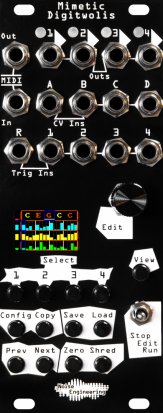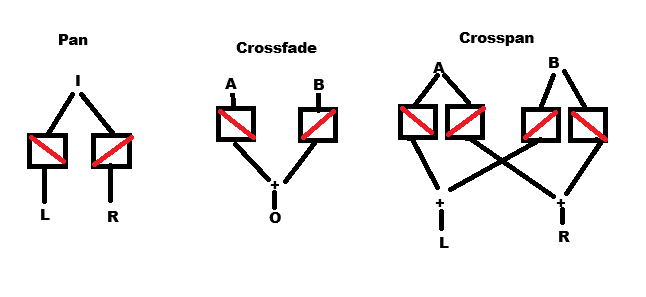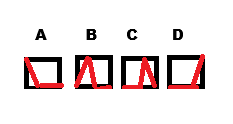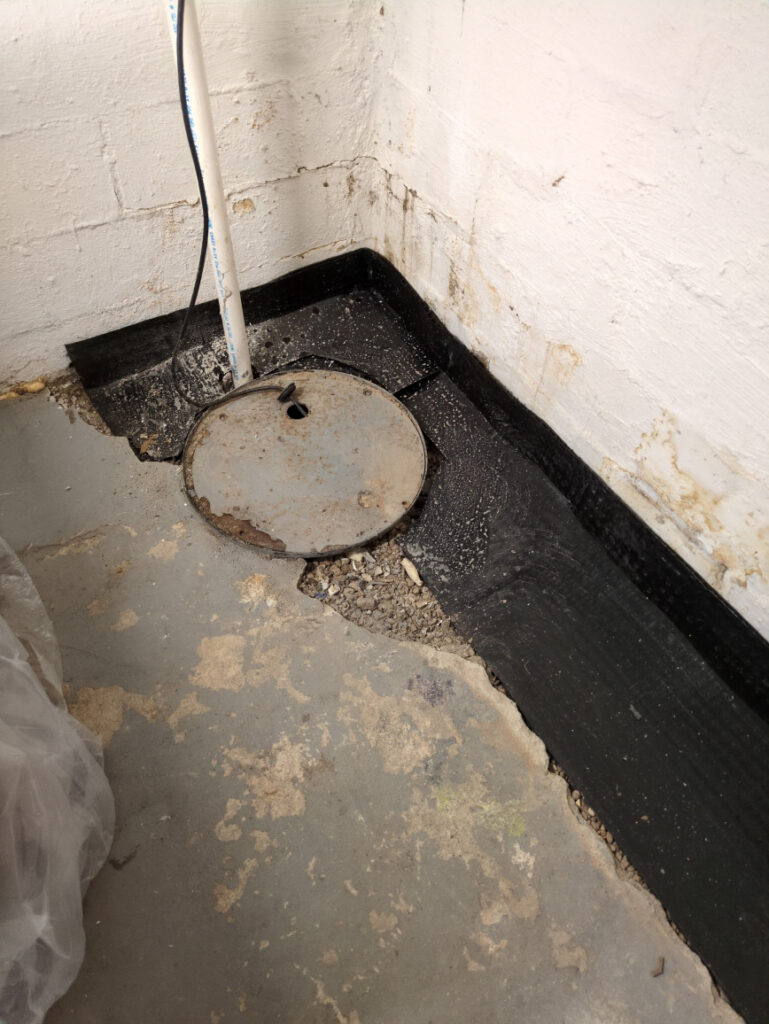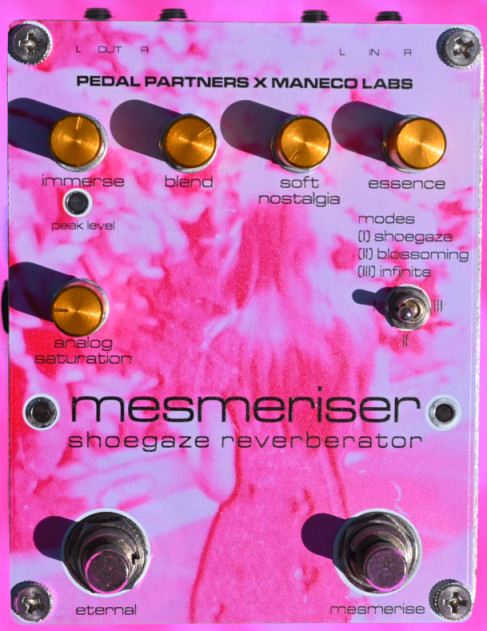I’m still getting hit with highway toll payments through Enterprise from the trip we took back in June. $3 here, $0.49 there. At least not all of them come with extra service charges! You’d think electronic billing would get processed much faster than this…
I’m getting close to 9 years in Eurorack, and yesterday I fried a module for the first time.
Eurorack uses this sort of thing to plug every module into the power supply:

This was a bad idea from the very beginning. Electrical engineers say that if nothing else, the ground wire needs to be fairly heavy to carry enough current to stay free of noise and interference (I’m not an electrical engineer but it’s something like that) and these are wimpy little wires. Dieter Doepfer, who designed the standard, was not an EE but he thought the extra wires could carry other signals between modules without patching them… which also isn’t a good idea because of potential conflicts and because you can’t patch and unpatch these at will. But we’re stuck with it.
I was doing a rearrange, making room for Mimetic Digitwolis. I wanted the shortest possible cables in my Pod60 because it’s pretty cramped in there, and the less bunched up ribbon cable the better. But I didn’t take note of which way the red stripe goes on my Doepfer A-150-1.
Most modules have at least one of these safety features:
- A keyed, shrouded header, so you can only plug the cable in the right way. (Doepfer originally tried to forbid this in the standard, claiming that too many cables were made incorrectly. Everyone else correctly mocked him for this stance, and nearly all power supplies and a majority of modules have shrouded headers.)
- Reverse power protection, which prevents damage if you plug the cable in backwards. This is very cheap and easy for the module makers and there’s no excuse not to do it.
- Reversible power, where it will power up and work fine in either direction. This is uncommon, but a few makers do it.
- At the very least, a little stripe or “+12V” marking on the PCB to show the correct orientation. This does not even add 1/100 of a cent to the manufacturing or design costs and it’s absolutely shameful when it’s omitted.
- Some mention in the manual about which way the power goes.
Doepfer does none of those things. So I had a 50/50 chance, and I blew it (literally).
Crackling sound, visible puff of smoke, and a stink bad enough to make my spouse concerned that something else might be on fire. Visible damage where the chip erupted.

(Look at all those markings… they REALLY could have put one more stripe on the board…!)
The good news is, this is a relatively cheap module rather than something expensive and/or discontinued. The better news is, this chip is in an actual discrete part in a socket, not some tiny surface-mount, rice-grain-sized thing soldered by a robot. The bad news is, DG409DJ is discontinued. The okay news is, I was still able to buy two of them on eBay for $7.
The uncertainties: I don’t know if any other parts are damaged, and this is shipping from Shenzen, China and I fervently hope that the shipping cost covers whatever dumbass random tariffs apply.
I’ve got 6 tracks recorded, 28 minutes, on the next album and I’m still calling it “next album.” I have this tidbit in my notes:

This combination reminds me of a Scrabble game we played in the gifted program class in middle school, where we made up fictional words and eventually build them up into the breathtaking “Iqoikoglyxozica.” Which, if I recall, was the title of an epic poem about the wandering wizard Glyx.
X is always tricky, and Elon Musk has ruined the letter’s appeal, but I’ll find something. I don’t think Q, Z or O will be a problem. Trying to figure out J now though. Jinx, joy, journey, just so, jerboa…? (The 3rd dynasty Egyptian high official Khabausokar, one of the few known priests of Seshat in antiquity, had the nickname “Hety” or “jerboa” for unknown reasons. Big ears maybe? But in modern Egyptian Arabic, calling a woman a “jerboa” or a man “son of a jerboa” is an insult.)
…anyway, so far this album almost alternates between airy and open plucky stuff with plenty of ma, and heavier, busier drones. I say almost, because the last one isn’t heavy at all, and some of the plucky ones fill themselves in at times. I’m not super committed to this thing as a “rule” as with some previous albums. But thinking about this just landed me the album title I was fishing for. Hooray for journaling!
Back in 2018 I did a “Show & Tell” series where I talked about the modules in my rack. I’m considering doing that again — the modules, the rack itself, and yours truly have all gone through changes during those years. This time I promise to omit the tedious explanations of terminology though.

